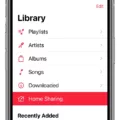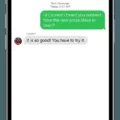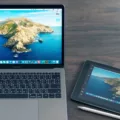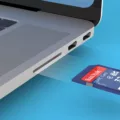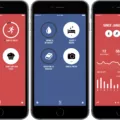When it comes to transferring music from your PC to your iPhone, there are several options available to you. While iTunes is the traditional method, it’s not the only way. In fact, there are several alternative methods you can use to transfer your music without using iTunes.
One popular option is to use Dropbox. Dropbox is a cloud-based storage service that allows you to upload files from your computer and access them on your iPhone. To transfer music using Dropbox, simply download and install Dropbox on both your computer and your iPhone. Next, upload your music files to Dropbox from your computer. Once you’ve done that, open the Dropbox app on your iPhone and download the music files you want to transfer. It’s as simple as that!
Another option is to use a third-party app like Google Play Music. Google Play Music allows you to upload up to 50,000 songs to the cloud for free, and then stream them to your iPhone. To use Google Play Music, simply download and install the app on your iPhone and your computer. Next, upload your music files to Google Play Music from your computer. Once you’ve done that, you can stream your music to your iPhone using the app.
If you prefer a more direct method, you can use a USB cable to transfer your music files from your computer to your iPhone. To do this, simply connect your iPhone to your computer using a USB cable. Once your iPhone is connected, open iTunes on your computer and select your iPhone. Next, click on the “Music” tab and select the music files you want to transfer. click on the “Sync” button to transfer the music files to your iPhone.
There are several ways to transfer music from your PC to your iPhone. Whether you choose to use Dropbox, Google Play Music, or a USB cable, the process is simple and straightforward. So if you’re looking to transfer your music without using iTunes, give one of these methods a try!
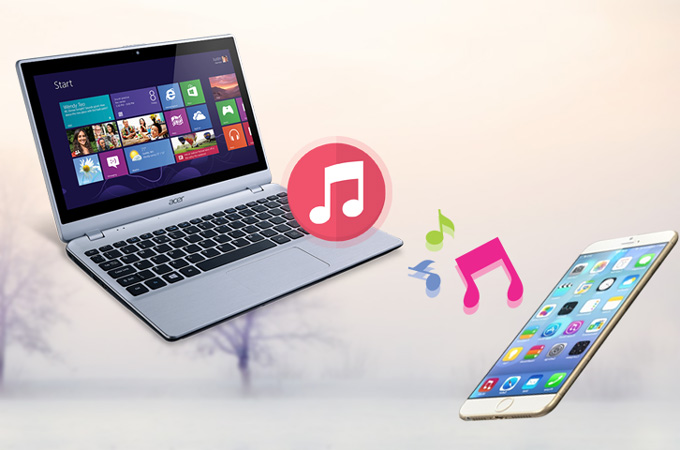
Transferring Music From Computer to iPhone Without iTunes
Transferring music from your computer to your iPhone without iTunes is possible by using a cloud-based storage service like Dropbox. To get started, you will need to download and install Dropbox on both your computer and iPhone.
Once you have installed Dropbox on your devices, you can upload the MP3 files from your computer to Dropbox. This can be done by dragging and dropping the files into the Dropbox folder on your computer. The files will then be synced to your Dropbox account, and you can access them from your iPhone.
To access the files on your iPhone, simply open the Dropbox app and navigate to the folder where you uploaded the MP3 files. From there, you can choose to download the files to your iPhone for offline listening. You can also choose to stream the files directly from Dropbox without downloading them to your device.
It’s worth noting that there are other cloud-based storage services that you can use to transfer music to your iPhone without iTunes, such as Google Drive or OneDrive. However, the process is essentially the same – you upload the files to the cloud service and then download them to your iPhone.
Using a cloud-based storage service like Dropbox is an effective way to transfer music from your computer to your iPhone without iTunes. By following the steps outlined above, you can easily access your music files on your iPhone and enjoy them on the go.
Transferring Music from PC to iPhone Using Drag and Drop
You can drag and drop music from your PC to your iPhone without using iTunes. There are various alternatives to iTunes that allow you to do this, such as using Dropbox. With Dropbox, you can make use of the 2 GB of free storage space to sync music between your PC and iPhone. To do this, you need to first upload the specific music files that you want to transfer to your Dropbox account on your PC. Then, open the Dropbox app on your iPhone and sync the uploaded music files to your device. By doing so, you can easily drag and drop music from your PC to your iPhone without having to rely on iTunes.
Transferring Music from Computer to iPhone
There could be several reasons why you are unable to transfer music from your computer to your iPhone. Below are some of the common causes and their possible solutions:
1. Outdated iTunes: If you are using an outdated version of iTunes, it may not be compatible with your iPhone’s software, causing the transfer to fail. To fix this, update iTunes to the latest version.
2. USB Connection: Ensure that your iPhone is connected to your computer via a USB cable that is functioning correctly. If the cable is faulty or damaged, it may prevent the transfer from being successful.
3. Sync Settings: Check if your sync settings are correctly configured. If you have enabled “Manually manage music and videos” in your device’s Summary tab, you need to drag and drop the music files to the iPhone’s Music library.
4. File Format: Ensure that the music files are in a format that is compatible with your iPhone. iTunes only supports certain audio formats such as MP3, AAC, and WAV.
5. Storage Space: If your iPhone’s storage is full, it may prevent you from transferring more music. You can free up space on your device by deleting unwanted files or apps.
6. iCloud Music Library: If you have enabled iCloud Music Library, it may prevent you from manually adding music to your iPhone. To fix this, disable iCloud Music Library and try transferring music again.
By checking and troubleshooting the above possible causes, you may be able to resolve the issue of not being able to transfer music from your computer to your iPhone.
Conclusion
A PC is a powerful tool that has become an essential part of our daily lives. It provides us with the ability to communicate, work, learn, and entertain ourselves. There are many different types of PCs available on the market, each with its own set of features and capabilities. When choosing a PC, it’s important to consider your specific needs and budget. Whether you’re a gamer, student, or professional, there is a PC out there that will meet your needs. With the right hardware and software, a PC can provide you with endless possibilities and opportunities for growth. So, embrace the power of your PC and make the most out of this amazing technology.

